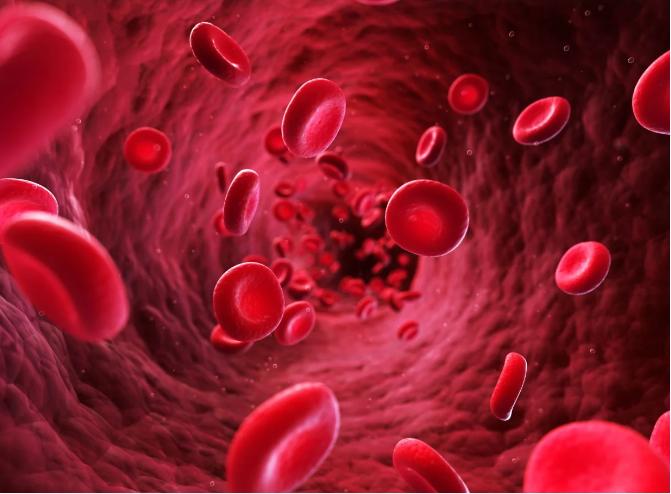Bringing a new therapy to patients depends on more than potency—it hinges on how predictably that molecule behaves in the body. In vitro ADME (absorption, distribution, metabolism, and excretion) experiments create an early, data-rich picture of a compound’s liabilities and strengths. When designed well and paired with robust analytics, these assays reduce uncertainty, sharpen human PK predictions, and de-risk downstream studies. The sections below explain how modern in vitro ADME elevates DMPK accuracy from hit to IND.
How in vitro ADME Drives Decision-grade DMPK
Before you dose an animal or a human, the best practice in vitro ADME delivers parameters that anchor models, guide chemistry, and shape clinical strategy.
Early triage with physicochemical and permeability data
Assays for solubility, pKa, and lipophilicity (logD/logP), plus permeability models (e.g., Caco-2/MDCK) reveal whether a scaffold is likely to be absorbed and formulated. Adding microsomal or hepatocyte metabolic stability highlights clearance risk. Together, these readouts build structure–property relationships that steer lead finding/optimization toward doseable, bioavailable chemotypes.
IVIVE and PBPK-ready parameters for human prediction
Accurate DMPK depends on feeding models with the right numbers. In vitro intrinsic clearance (Clint) from liver microsomes/hepatocytes, plasma protein binding (fu), blood-to-plasma ratios, and permeability/transporter data power in vitro–in vivo extrapolation (IVIVE) and PBPK simulations. The result: better forecasts of human clearance, half-life, and bioavailability, and fewer surprises in first-in-human studies.
Early detection of drug–drug interaction risk
Inhibition (reversible and time-dependent) and induction assays for major CYP enzymes, along with transporter panels (e.g., P-gp, BCRP, OATP, OAT, OCT), flag interaction liabilities before they become clinical hold-ups. Teams can prioritize “cleaner” leads, set conservative FIH doses, or plan clinical DDI studies with confidence, improving both patient safety and regulatory readiness.
Metabolic soft-spot analysis that guides safer design
Targeted MetID in microsomes, hepatocytes, S9, or tissue homogenates maps clearance pathways and reveals reactive or disproportionate metabolites. Medicinal chemists use this “soft-spot” map to harden liabilities (e.g., block oxidation sites), while DMPK teams prepare MIST strategies and align with regulators on metabolite coverage—both steps increasing the accuracy and credibility of the PK/safety story.
Free-drug–focused exposure and distribution refinement
Because only unbound drug drives pharmacology and toxicity, measuring fu in plasma and tissues, as well as microsomal binding, sharpens predictions of effective exposure at the target site. Combined with partitioning data and permeability/efflux profiling, developers refine dose projections and select formulations that achieve therapeutic levels without overshooting safety margins.
Speed, reproducibility, and scale through automation
High-throughput liquid handling, LC–MS/MS bioanalysis, and automated sample prep minimize human error and variability while accelerating throughput. Leading providers also integrate electronic data capture, validated SOPs, and cross-functional review, delivering fast turnaround and consistent assay performance. The upshot is more cycles of design–make–test–analyze with higher-fidelity inputs for models and decisions.

Fit-for-purpose methods for novel modalities
New modalities (e.g., PROTACs, ADCs, oligonucleotides, peptides, covalent drugs) don’t always behave like small molecules. Tailored in vitro ADME—covering uptake pathways, endosomal escape, linker stability, or hybrid LC–MS/LBA readouts—captures their true kinetics. This modality-aware approach avoids misleading assumptions and boosts the accuracy of translational predictions for complex therapeutics.
Conclusion
In vitro ADME boosts the accuracy of dmpk services by generating the parameters that matter, like the absorption potential, free fraction, clearance pathways, and DDI risks, early enough to change outcomes. When these data feed IVIVE/PBPK models, inform medicinal chemistry, and shape clinical plans, programs move faster with fewer detours. Remember to look for partners and platforms that combine fit-for-purpose assays, automation, and advanced analytics, especially for novel modalities. The payoff is better decisions from discovery through IND and a safer, more predictable path to patients.
ALSO READ: Bntamnh E: The Antioxidant Supplement You Need to Know About

